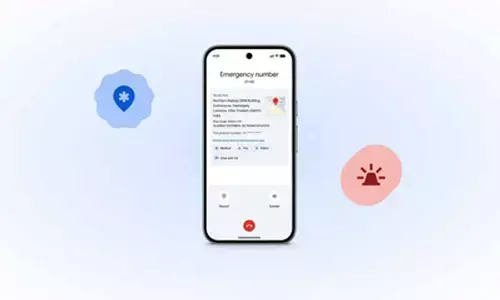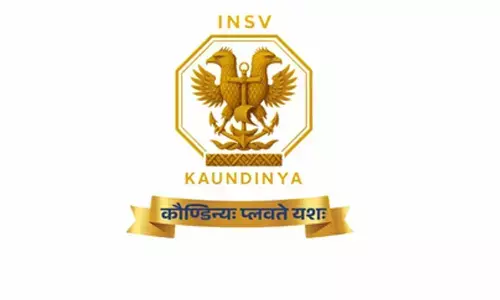Scramble for customers
Scramble for customers, Ever since the banks have moved to digital banking, seminal changes are seen in the way banking services are delivered. Proliferation of ‘technology led alternate delivery channels’ provided virtual banking services with seamless integration across the globe.
Ever since the banks have moved to digital banking, seminal changes are seen in the way banking services are delivered. Proliferation of ‘technology led alternate delivery channels’ provided virtual banking services with seamless integration across the globe.
With easier access to bank account on ‘anytime, anywhere’ mode, the hassles of carrying large cash is reduced. Funds can now move electronically across accounts maintained even in different banks removing barriers of geography. Thus it is now possible to operate the bank account at customer’s place of choice.
Moreover, with demographic shift in the profile of bank customers, more and more prefer to use digital mode of banking. The number of Gen –Y educated population moving up, the preference for using nontraditional mode of banking service is set to rise further. Customers, more particularly in metro-urban have now begun to appreciate the digital mode of banking but as far as its penetration to hinterland is concerned, it is yet a long way to go. Recognising the merits of digital banking, banks have been strategically pursuing not only capacity building in terms of electronic presence but also on working to innovate more value added services and electronic banking products, keeping customer aspirations in mind.
It is significant to observe that the number of Automated Teller Machines (ATMs) have outpaced the number of physical bank branches. In Dec 2013, the number of ATMs has reached 1,41,516 as against 1,11,778 bank branches shaping a new era of digital thrust. As a result, we have one bank branch to serve a population of 14,300 as against one ATM for a population of 11,300 indicating the increased density of electronic penetration levels.
In addition, the surge in the number of Point-Of-Sale terminals/hand held devices provided to Business Correspondents (BCs) and lap top access provided at ultra small branches have also increased the electronic touch points. The number of debit cards issued to customers has increased from 228 million in March 2012 to 400 million by April 2014. Going beyond ATM expansion, many banks have set up self service ‘E-kiosks’ in different forms.
These kiosks provide a range of electronic banking services to retail segment of customers round the clock such as ‘Cash withdrawal/acceptance’ ‘pass book updating’ ‘cheque-deposit’ ‘access to internet banking’, ‘obtaining statement of account’ and so on. The enabling electronic equipments are placed in these kiosks with operating procedures prominently displayed. These kiosks can serve most of the routine needs of customers. But such good and convenient facilities come at a great capital and recurring maintenance costs.
Besides improvement in the speed and efficiency in customer service, another key purpose of adopting such state of the art technology by banks is to reduce transaction cost so that banking services can be further made cost efficient. Despite such concerted efforts, the number of digital banking consumers is far less in India compared to China which is a comparable country in terms of population. In 2012, the number of digital consumers in India was 100 million as against 380 million in China, which is set to rise to 450 million in India and 900 million in China by 2020. Thus it projects a promising future for digital banking in India.
But the biggest challenge for banks is to not only issue debit cards to every active account holder but also persuade them to use it. Having invested a large sum of money to build capacity to disseminate electronic banking services, the next task is to gently improve the appetite of customers to use alternate delivery channels. Keeping the aspirations of digital consumers, banks have been adding new ‘online’ facilities which could be operated from mobile/i-pads/laptops going beyond remittances.


















